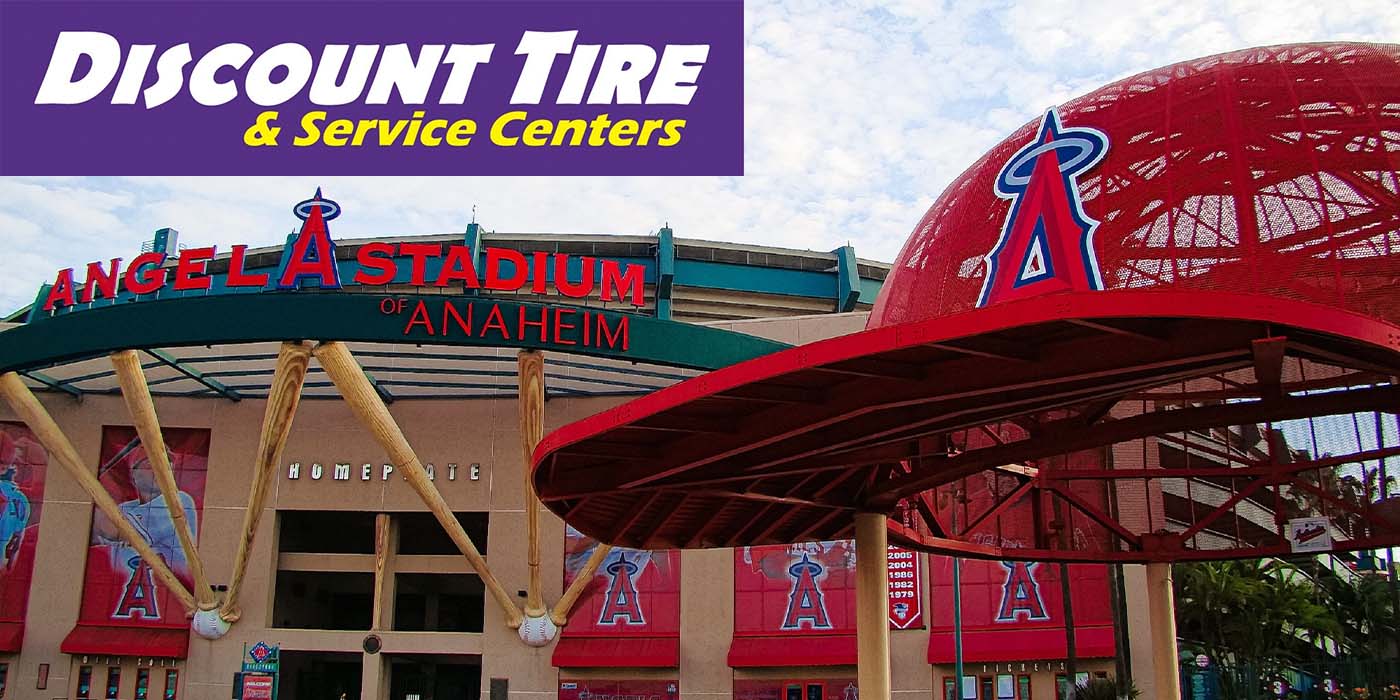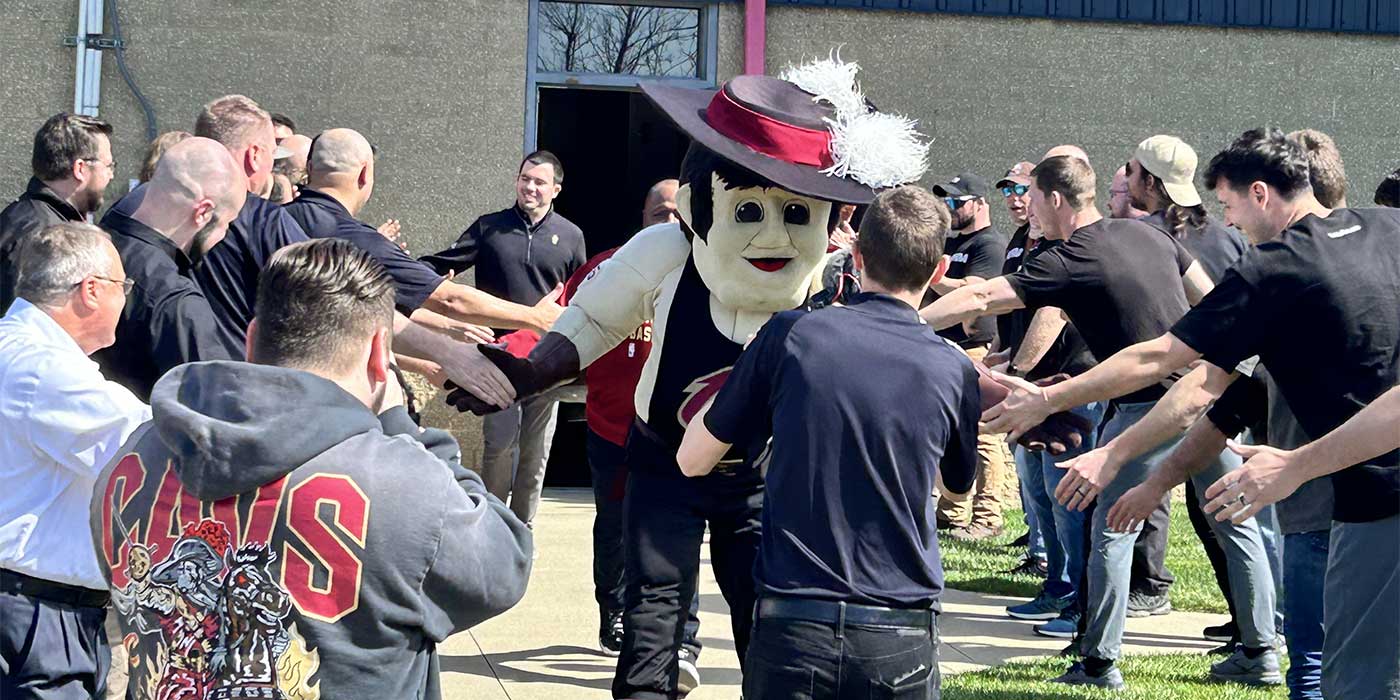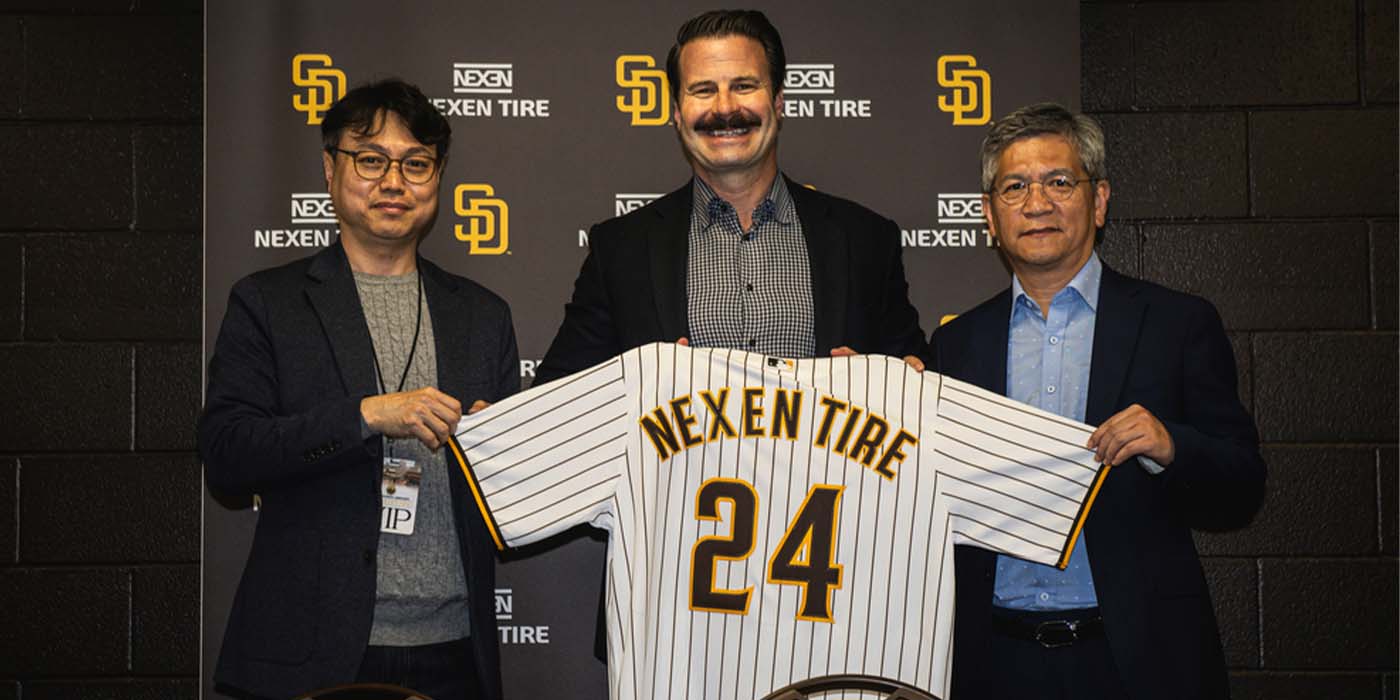In many independent businesses, advertising gets a bad rap. When times are tough, it’s the first to go. When times are tremendous, it’s the last priority. Any business expense without an immediate, noticeable return won’t make the top of a tire dealer’s to-do list, especially when that list is miles long, crammed with the hundreds of tasks necessary for running a business.
For years, dealers have measured equipment returns, inventory turns and employee productivity. It’s almost second nature. Results are observable and expenses easily justified. But, buying ads in the Yellow Pages or local newspaper, sending out a mailing or running television or radio spots isn’t the same as buying a tire changer.
“When asked what advertising programs they invest in and why, most dealers respond that they do a little bit of everything and ‘hope’ it generates business, or they ‘think’ it does,” says Dave Duchesne, vice president of sales at ASA Tire Systems, a supplier of business software for tire dealers and retreaders. “It’s not based on any measurable results but more on anecdotal evidence or a nebulous ‘feeling,’” he adds.
But, advertising can be measured scientifically, and results can be recorded. The value of advertising is real, once dealers learn how to find and quantify it.
‘Soft’ Values
Advertising has both tangible and intangible benefits for independent businesses. And, it’s generally more important today than it was 20 years ago. Before the mass merchants had a lion’s share of the retail market, small businesses could depend on word of mouth. Consumers were willing to pay more for excellent, personalized service.
But, today, consumers have a ‘drive-thru’ mentality. Life is fast paced, time is short and attention spans are measured in fractions of seconds. Small-business loyalty and long-term patronage is all but a distant memory. For independent tire dealers in 2007, good work, fair prices, quality technicians and a clean shop don’t seem to be enough. Yes, those things are important, and, yes, they produce ‘satisfied’ customers. But, will they produce repeat customers? Not always.
“Each year, it is estimated that businesses lose an estimated 15% to 20% of their customers,” says Angie Nielsen, CEO of Mail America Inc. a direct-mail marketing firm serving the tire and automotive industries. “It is safe to say that tire dealers must continue advertising, or the customer base will diminish each year.”
More than a direct-mail vendor, Nielsen has served as a marketing consultant to the automotive industry for more than 13 years.
“On average, tire dealers will only see customers two to three times a year,” Nielsen states. “There will not be much customer loyalty if they are not in direct communication with them. And, a loyal customer is worth 10 times the value of a new customer walking through the door.”
While it’s always a smart move for businesses to seek out new customers, it’s just as critical to hold on to the ones they already have. It costs three to five times more to attract a new customer than it does to keep a current one.
In Tire Review’s 2006 Dealer Profile Study, dealers ranked customer retention second only to profitability in their list of top concerns. Ironically, though, many still don’t allocate dollars to customer retention programs.
Instead, they fall back on word of mouth. Granted, that’s a legitimate marketing method and a great way to bring in new customers. But, word-of-mouth marketing, the experts say, should not be relied on as a sole method of promotion.
It can be a gamble, and often, the odds aren’t in a shop’s favor. Generally speaking, negative word of mouth is much more influential than positive buzz. While a satisfied customer brings in four or five new customers, a single unsatisfied one turns away seven to 13 potential buyers, experts say. And, with today’s Internet-savvy consumer, living in a virtual world of instant messages, blogs, forums and chat rooms, there really are no secrets anymore.
Top of Mind
Other dealers have thrown in the advertising towel because they tried running an ad once and nothing happened. But, consistency and repetition are essential to the success of any ad campaign.
“Running one ad will do nothing for a business,” says Joy Gendusa, founder and CEO of PostcardMania, a postcard direct-mail marketing company in Clearwater, Fla., that serves a wide variety of retail businesses. “You have to put yourself in front of customers constantly.”
Whether you call it image, perception or brand equity, a consistent advertising message means the difference between success and failure. “The more people see your name, the more credible and trustworthy you become,” Gendusa says.
“Consumers are more savvy today,” adds Christie Stock, vice president of Wholesale Tire Distributors-owned Plains Tire Co. in Casper, Wyo., a founding member of American Car Care Centers. “Whether it’s by TV, radio or coupons, a business has to consistently tell its story. We advertise consistently 52 weeks out of the year.”
And, for Stock, that strategy is paying off. “We’ve had sales growth each year, which can be attributed to many factors, but one thing is clear: We advertise consistently.
“It’s easy for dealers to cut advertising when sales are slow, but the world has changed,” she adds. “People make quick decisions today and often buy within 24 hours. They don’t take two weeks to make a decision anymore.”
To ensure a steady stream of new and returning customers, a business has to be “top of mind,” according to Stock. When consumers are ready to buy tires, they won’t waste any time. They’ll go to the first dealership that comes to mind.
Tracking the Data
Intangibles, such as awareness and image, are part of the formula for success, but tracking, recording and analyzing data ensures that every penny spent on advertising generates a measurable return. Advertising is about dollars and cents. When used strategically instead of haphazardly, it can generate significant profits.
The first step is to combine a specific offer with a tracking mechanism. Assign a numerical or alphabetical code to each coupon offering a free oil change with the purchase of four new tires, for example. A tracking mechanism can also take the form of a specific extension number for customers to ask for when calling.
Tracking mechanisms become metrics by which dealers can measure the success of their advertising campaigns. They allow dealers to determine which ones are bringing in the most customers so that valuable ad dollars can be invested or reallocated in proven, successful promotions.
Here’s an example of how tracking works: A customer comes into the shop and presents a coupon he or she received through the mail. Once the coupon is redeemed with an actual sale, the salesperson simply enters the code into the POS system.
Plains Tire uses this method to calculate the effectiveness of specific coupon offers. “We create coupons with different tire offers and promotions, and label each ‘A, B, C,’ and so on,” says Stock. “When a customer uses a particular coupon at the store, the manager keys that code into the computer, right at the point of sale.”
The 10-location dealership uses a POS system from American Business Management Systems Inc. called Tire Guru that generates reports revealing which coupons brought in the most customers and the average ticket of those new sales.
But, not every dealer needs a sophisticated POS system to track ads. A front-counter employee can be instructed simply to collect the coupons, count them at the end of the day and log the total in a logbook.
Beyond coupons and direct mail, other methods of advertising most suitable for tracking include Internet ads and search-engine listings. Tracking Web advertising is particularly easy, since most reputable online media resources will collect visitor and click-through data and automatically generate regular reports for advertisers.
For dealers that prefer advertising that is generally less trackable – billboards, store signage and TV or radio spots, for example – there’s another option. Simply ask customers how they heard of your business, suggests Gendusa.
“When customers come in or call, ask them how they heard about you,” she advises. “Did they find you through an Internet search? Did they get a postcard in the mail? Did they drive by the store? Was it a referral? Train your employees to ask every customer this question and keep a log of the responses.”
ASA Tire Systems’ Duchesne suggests that managers instruct salespeople to ask how each customer heard of the business and record the reply into the POS system. “If a dealer is concerned that salespeople will forget to do this, they should be able to make this a required field before an invoice is tendered,” Duchesne says. “At any point in time after that, a dealer should be able to run reports on each advertising program and the business it generates (both gross sales and profits).”
Since most advertising doesn’t have instant impact, experts advise tracking data over time. After a month or so, a retail dealer will start to see some trends, Gendusa states.
“If most of the business is coming from drive-bys, consider investing in a monthly billboard in another busy location,” she says. “If most customers are coming in because of referrals, consider offering rewards to customers who refer their friends.
“Advertising is expensive,” Gendusa continues. “So, the better you track your results, the more correctly you will spend your future advertising dollars.”
Ads Into Profits
So, how can a tire dealer use all that data to calculate actual profits made by advertising? That’s the million-dollar question, but it doesn’t have to be rocket science.
Calculating return on investment (ROI) from advertising isn’t all that different from figuring out equipment ROI. When investing in a new tire changer, for example, most dealers are pros at calculating return. Spending $4,000 on a new changer, which allows the shop to service five additional cars per day – each having an average ticket of $300 – will result in an ROI of $1,500 gross sales per day (5 x 300 = 1,500). The machine pays for itself after 2.7 days ($4,000 / $1,500). That’s the breakeven point (100% ROI).
It’s not so hard to see that the tire changer has resulted in tangible sales and profits that can easily be read on a financial statement. Calculating ROI on certain forms of advertising can be just as painless.
According to Nielsen, each Plains Tire retail location gets a 5% to 10% response rate from the direct-mail campaigns it develops in partnership with Mail America. Mail America’s industry-wide response rate averages 2%.
That doesn’t sound like much, but response rate is not the same as ROI. The success of advertising should be measured in terms of money.
For instance: A dealer spends $3,500 on a mailing of 10,000 pieces. A 2% response rate means 200 new or returning customers (10,000 x 0.02 = 200). If the average ticket is $200, that single mailing resulted in $40,000 in sales (200 x $200 = $40,000). A $3,500 investment created $40,000 in sales. That’s ‘return on advertising spend’ – the amount of revenue generated by that particular advertising activity.
Actual ROI considers profit. For example, a dealer spends $150 on a newspaper ad promoting a semi-annual sale. Sixty tires are sold as a result. Each tire retails for $100. Gross income is $6,000, but the dealer’s actual profit on each tire is $20. Gross profit on all items sold is $1,200.
To get ROI, divide total profit by the cost of the ad, and then multiply that figure by 100. As an equation, it looks like this: ($1,200 / $150) x 100 = 800%. In this example, the dealer achieved an 800% return on the newspaper ad.
Having this real data in hand makes future advertising and promotion decisions easy – and logical. Over time, that dealer may discover that newspaper advertising continues to provide 800% ROI, while other advertising methods generate just enough sales to break even. The dealer should invest more dollars in newspaper advertising and perhaps cut back on other forms of promotion to develop more profits in the long term.
Once advertising is viewed this way, businesses can begin to allocate ad dollars specifically to promotions with the highest ROI potential. Over time, they will begin to see that a small number of ad campaigns are generating the largest returns.
Advertising then becomes an investment and a quantifiable science, not just a cost of doing business.













